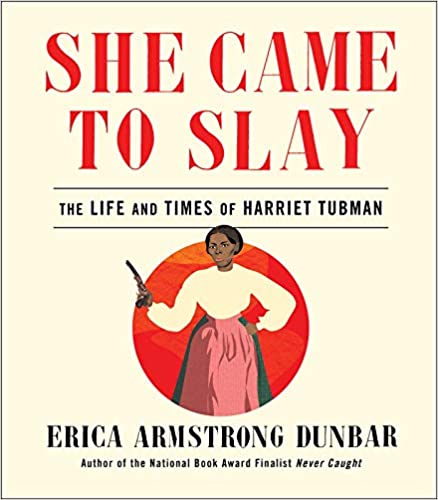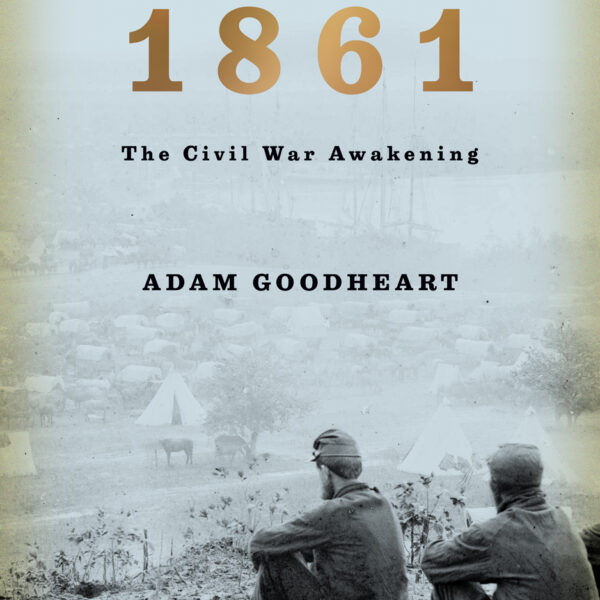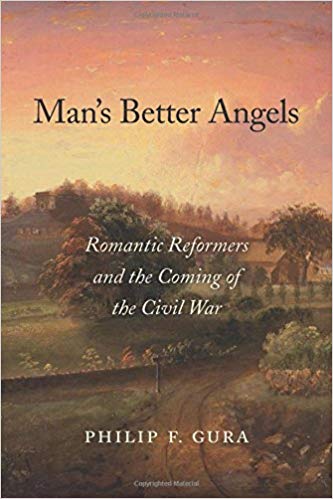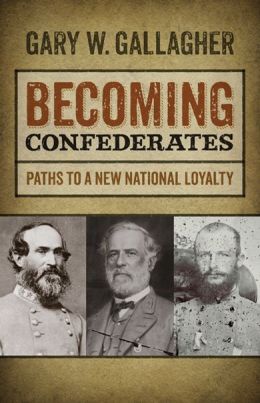Prudence Crandall’s Legacy: The Fight for Equality in the 1830s, Dred Scott, and Brown v. Board of Education by Donald E. Williams, Jr. Wesleyan University Press, 2014. Cloth, ISBN: 978-0819574701. $35.00.
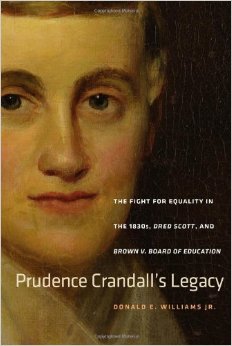 Donald E. Williams, Jr.’s account of the life and legacy of Prudence Crandall, the Connecticut schoolteacher whose courageous 1830s attempt to provide a quality education to young women of color served as the catalyst for the state’s infamous Black Law, offers a beautifully written account of Crandall’s public and private lives. The book also provides a compelling introduction to antislavery activity in the 1830s, using Crandall’s story to highlight the virulence of the resistance that confronted those who dared to openly campaign for an immediate end to slavery and racial prejudice alike. Though the book does effectively address the question of Crandall’s legacy for the next generation of reformers, it does not, as its title suggests, establish a substantial connection between the rulings in the three cases brought against Crandall and that most famous of all education-related cases, Brown v. Board of Education.
Donald E. Williams, Jr.’s account of the life and legacy of Prudence Crandall, the Connecticut schoolteacher whose courageous 1830s attempt to provide a quality education to young women of color served as the catalyst for the state’s infamous Black Law, offers a beautifully written account of Crandall’s public and private lives. The book also provides a compelling introduction to antislavery activity in the 1830s, using Crandall’s story to highlight the virulence of the resistance that confronted those who dared to openly campaign for an immediate end to slavery and racial prejudice alike. Though the book does effectively address the question of Crandall’s legacy for the next generation of reformers, it does not, as its title suggests, establish a substantial connection between the rulings in the three cases brought against Crandall and that most famous of all education-related cases, Brown v. Board of Education.
In 1831, Prudence Crandall’s Canterbury Female Seminary was a thriving establishment, but the climate of local support evaporated overnight when Crandall agreed to admit a young woman of color, Sarah Harris, as a student. Though it was not illegal in Connecticut to operate an integrated school, parents threatened to withdraw their daughters—prompting Crandall to preempt their move by dismissing her white students and refashioning her school as an all-black one (30). Crandall recruited all across New England for her new school, relying heavily upon antislavery and religious networks.
More than thirty young black women attended the school between April 1833 and September 1834, studying in an intensifying climate of harassment (222). Local whites refused to sell Crandall the goods necessary to run her school, doctors refused to treat her students, churches closed their doors to Crandall and her pupils, and vandals repeatedly pelted the building with rocks and eggs. More serious acts of harassment included attempted arson and poisoning the school’s well. In response to pressure from outraged Canterbury residents, the Connecticut state legislature enacted the infamous “Black Law” in 1833; the new law imposed stiff fines on anyone who dared teach black students from other states without first securing permission in writing from local town officials (85).
Crandall was twice arrested and tried under this law, her trials revolving around the constitutionality of the law. The State Supreme Court overturned her conviction in the second trial on a technicality, leaving the legal foundation of her efforts uncertain. After attempts to move the school to Philadelphia stalled, a terrifying mob assault on the building proved so traumatic for the students that Crandall saw no other option but to close the school (221). Moving first to upstate New York, then Illinois, then Kansas, Crandall continued to advocate for racial justice and gender equality for the remainder of her long life, but frequently struggled economically. In the 1880s, her story was rediscovered and, after a lengthy publicity campaign, an embarrassed Connecticut state legislature awarded Crandall a pension of $400 a month in recognition of the Black Law’s role in robbing her of her livelihood (322).
Williams’ book is at its strongest in its presentation of Crandall’s own story and its sophisticated depiction of the interconnections between Crandall’s school and the broad spectrum of antislavery activity in the 1830s. He convincingly demonstrates that Crandall’s recruitment activities and close relationships with other activists, as well as the priority given her legal defense, made the school not a fringe initiative led by a courageous but little-known woman, but rather a central component of the 1830s campaign to eradicate slavery and racial prejudice. Seemingly geared toward general readers, the book’s vivid depiction of the violence and hostility that greeted calls for immediate emancipation (particularly the mob violence in New York City, Boston and Philadelphia) should effectively challenge too-rosy popular notions of the antebellum north as “friendly territory” for antislavery advocates.
Williams argues that Crandall’s lawyers and supporters saw her case as the ideal one to test the question of whether American blacks were or were not citizens; asserting that the decision to overturn her conviction on a technicality without addressing the constitutionality of Connecticut’s Black Law cut short a legal conversation that could have brought this question to the U.S. Supreme Court twenty years before Dred Scott did in 1857. When the question finally did come before the court, Chief Justice Taney cited the lower court ruling in Crandall v. State, arguing as the judge did in that case that blacks were not citizens. But Williams alleges that if the case had presented itself in 1835, not 1857, the ruling might have been different. Unlike the Taney Court, the Marshall Court had a majority of northern state justices who opposed slavery. And although the Court generally avoided constitutional cases during that term, they occasionally veered into constitutional questions. Williams admits that a ruling acknowledging black citizenship would have been shocking in 1835, but convincingly asserts that it would not have been impossible (259).
Though the actual Dred Scott case receives only a few pages of attention in the book, Williams does establish a meaningful connection between Crandall’s case and Scott’s. But the thread connecting Crandall’s case to Brown v. Board of Education is too tenuous to warrant mention in the book’s title. It is true that in an attempt to put off a decision in Brown until the Court could speak with one voice, the justices ordered the NAACP’s legal team to investigate the framers of the 14th Amendment’s intentions regarding schools. It’s also true that some members of the appointed research team found connections between the arguments in Crandall v. State and the framing of the 14th Amendment. But the Court’s ruling in Brown explicitly noted that attempts to clarify the intentions of the framers had been inconclusive; the decision did not rest on historical understandings of the 14th Amendment, but rather on social science research and a Cold War concern for international opinion. Prudence Crandall’s legacy, though important, did not provide a basis for the decision. Williams’ work is strong enough to stand on its own without needing to make assertions that it cannot support.
Jill Ogline Titus is the Associate Director of the Civil War Institute at Gettysburg College and the author of Brown’s Battleground: Students, Segregationists, and the Struggle for Justice in Prince Edward County, Virginia (2011).

